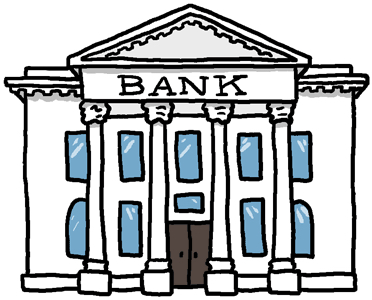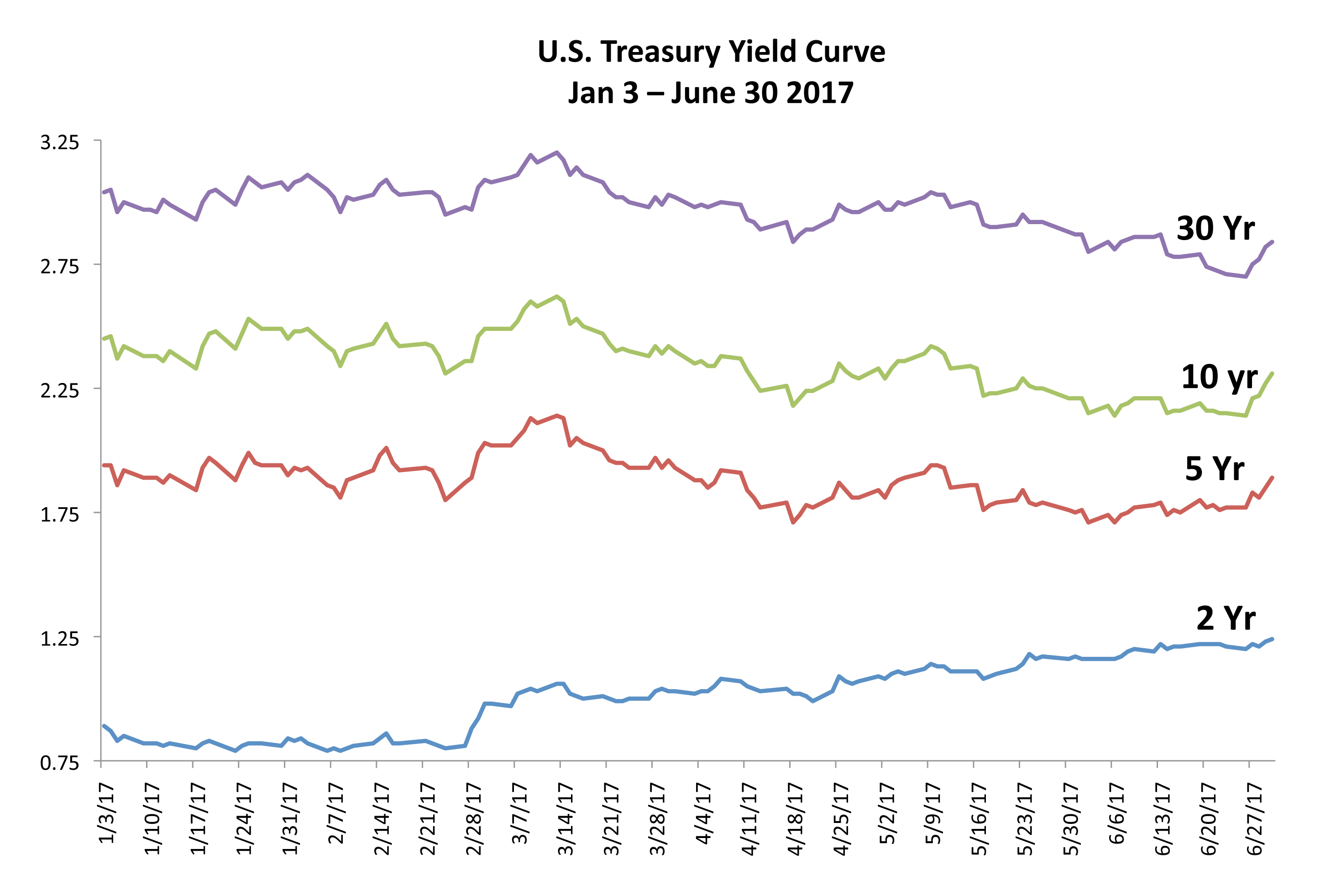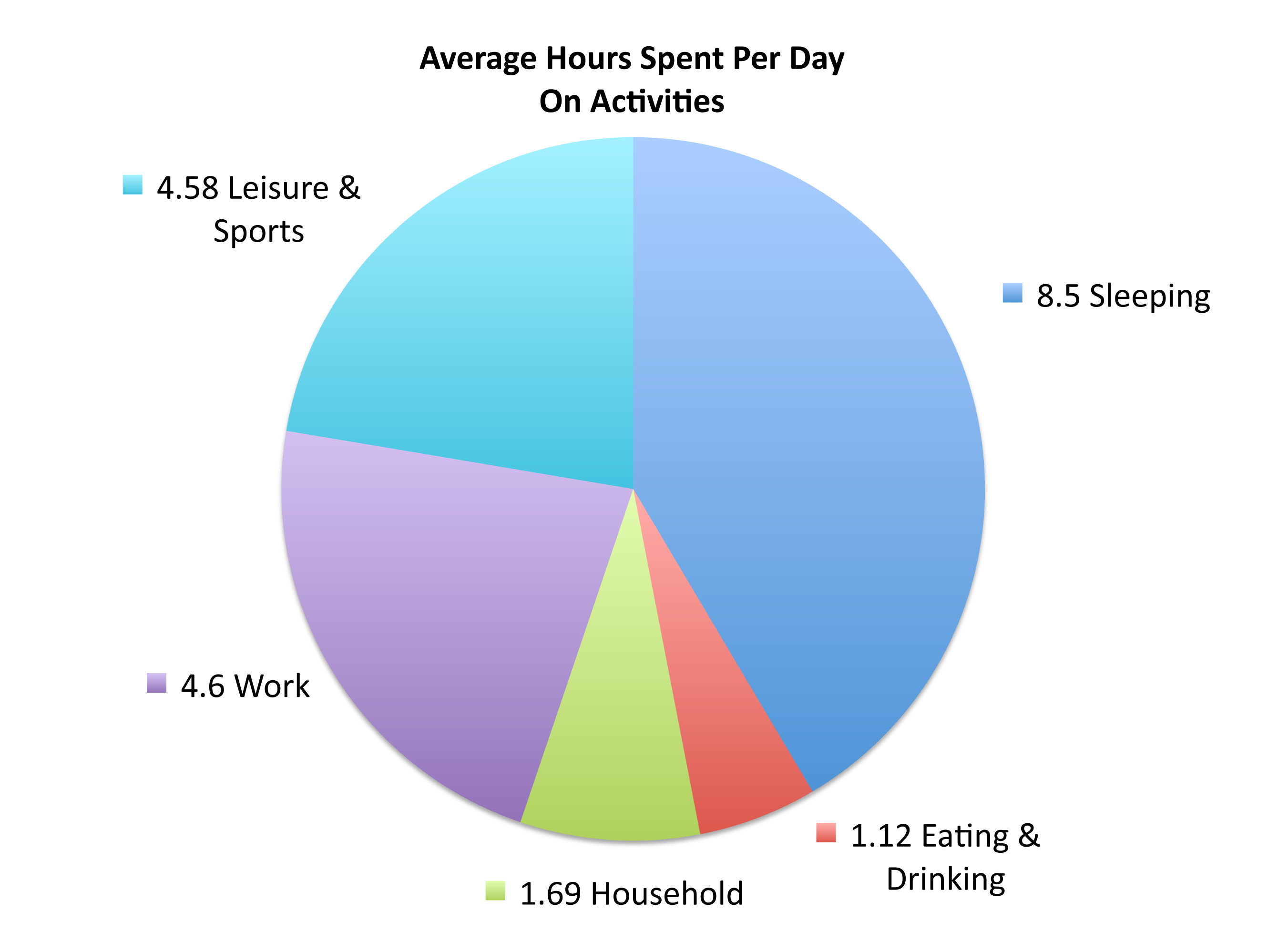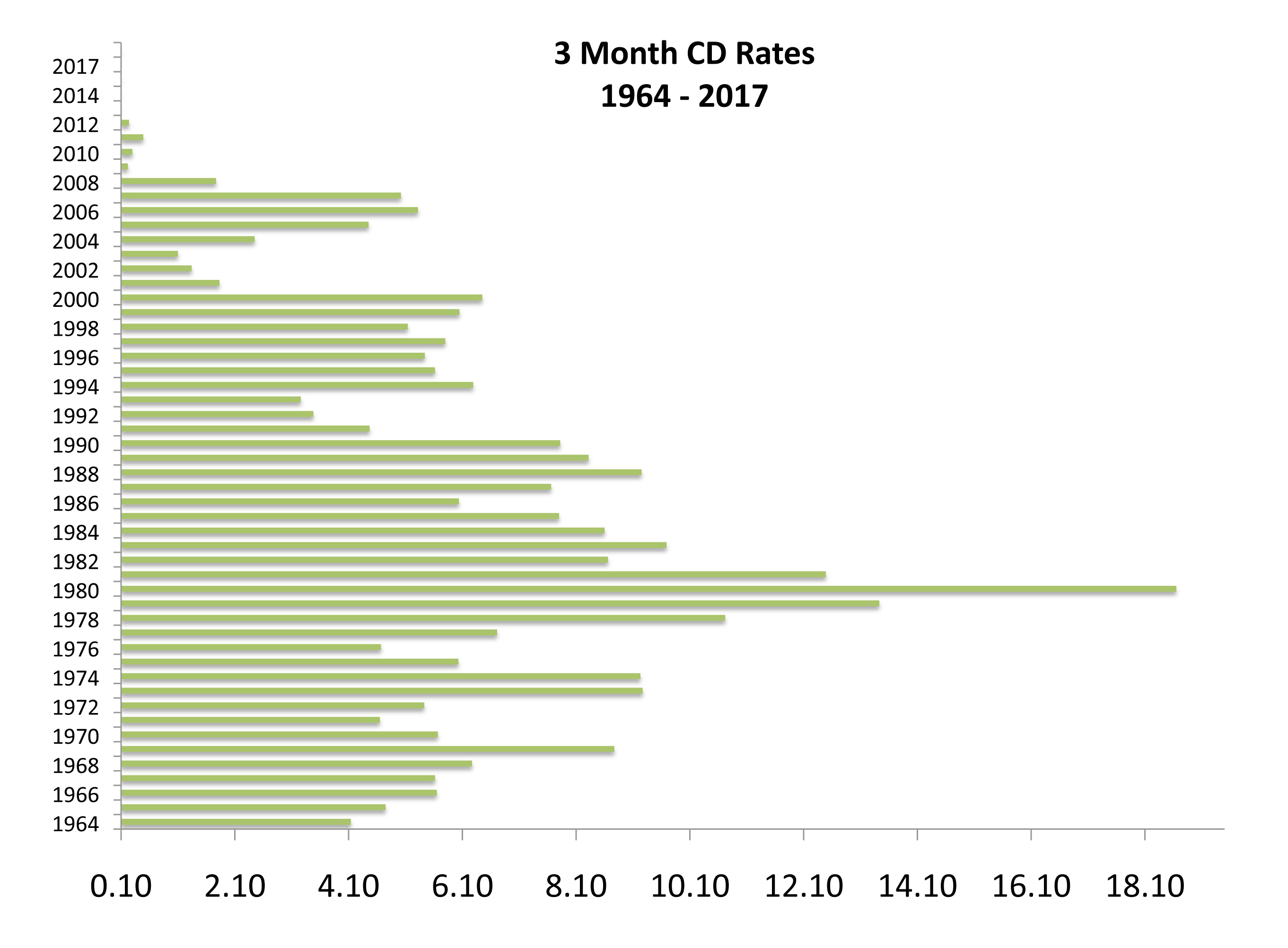
International markets reacted in June as central banks throughout Europe and Asia signaled that monetary stimulus efforts were slowly being dispatched. The news propped up European currencies including the euro, pound, and Swiss franc as anticipated higher rates tend to bode well for currencies.
Central banks from around the world are slowly curtailing stimulus efforts and starting the process of normalizing global interest rates in a gradual fashion. The central banks of Canada, England, and Japan all indicated that less accommodation would be the objective going forward.
The combination of rising asset prices along with central bank tightening can be very unpredictable. Many suggest that ultra low and negative interest rates have elevated asset prices such as stocks, bonds, real estate, art and classic automobiles to unsustainable levels. As rates gradually begin to rise, it is expected to produce a gradual return to normalized asset prices worldwide.
The Fed raised its key short-term rate (Fed Funds Rate) to 1.25% in June, up from 1.0%, executing its second increase this year. The Fed also mentioned that it was still on course to start unwinding its $4.5 trillion balance sheet towards the end of the year, composed of U.S. Treasuries and mortgages.
The Fed is viewed at odds with inflation expectations as it executes on gradual rate hikes with the anticipation of rising inflation. The concern is that inflation estimates by analysts as well as the Department of Commerce are muted, with expectations of minimal inflation. The longer inflation stays low, the less consumers expect rising inflation. The concern among market watchers is that the Fed continues on a rate rise venture, but with inflation proving to be less than expected. This may lead markets to react adversely as rates increase during a dismal growth environment.
The Federal Reserve released favorable results for a stress test on banks, helping propel banking and financial related stocks. The stress tests were initially created during the financial crisis of 2008/2009 in order to minimize risk to banks’ exposure to bad loans and a dire economy. For the first time ever, all banks tested passed the stress tests successfully, building confidence in the sector and future earnings prospects.
It was ten years ago this June that the beginnings of the financial crisis of 2008/2009 started, when two hedge funds managed by the defunct Bear Sterns speculated in credit derivatives and backed by sub-prime mortgage loans and then collapsed.
Sources: Fed, IMF, BLS, Dept. of Commerce



 Americans Are Working More & Sleeping Less – Demographics
Americans Are Working More & Sleeping Less – Demographics

 Falling commodity prices are a natural red flag for emerging market investors. But there are good reasons to believe the current confluence of lower commodity prices, declining inflation expectations and a softer dollar will reinforce rather than undermine the rally in EM local fixed income markets. Without doubt, lower commodity prices are a negative terms-of-trade shock to large parts of the EM complex, representing a hit to both current and fiscal accounts. From their first-quarter peaks, iron ore and Brent crude prices are down 37% and 16%, respectively. The impact of lower commodity prices must be viewed in a broader context – notably, their effect on developed economy growth and central bank policies, the dollar, and the extent of any pre-existing EM imbalances.
Falling commodity prices are a natural red flag for emerging market investors. But there are good reasons to believe the current confluence of lower commodity prices, declining inflation expectations and a softer dollar will reinforce rather than undermine the rally in EM local fixed income markets. Without doubt, lower commodity prices are a negative terms-of-trade shock to large parts of the EM complex, representing a hit to both current and fiscal accounts. From their first-quarter peaks, iron ore and Brent crude prices are down 37% and 16%, respectively. The impact of lower commodity prices must be viewed in a broader context – notably, their effect on developed economy growth and central bank policies, the dollar, and the extent of any pre-existing EM imbalances. These arguments are not to suggest that weaker commodity prices are immaterial, but simply that the current episode represents a positive supply shock to the global economy, which should serve to reinforce the extremely favorable financing climate for emerging markets. In the absence of significant external imbalances, EM currencies should continue to appreciate, reinforcing a convergence of real interest rates toward those of the developed economies.
These arguments are not to suggest that weaker commodity prices are immaterial, but simply that the current episode represents a positive supply shock to the global economy, which should serve to reinforce the extremely favorable financing climate for emerging markets. In the absence of significant external imbalances, EM currencies should continue to appreciate, reinforcing a convergence of real interest rates toward those of the developed economies.